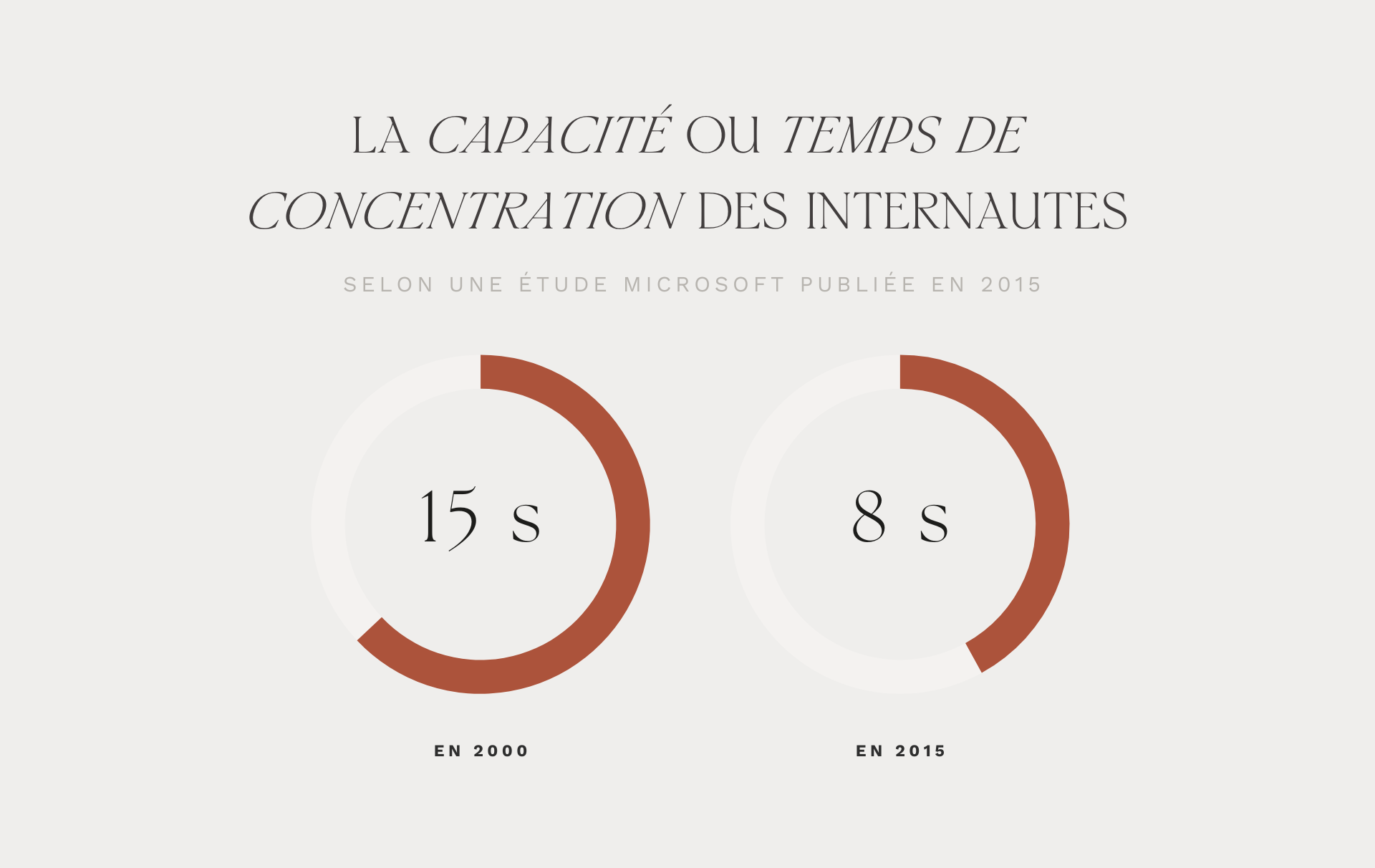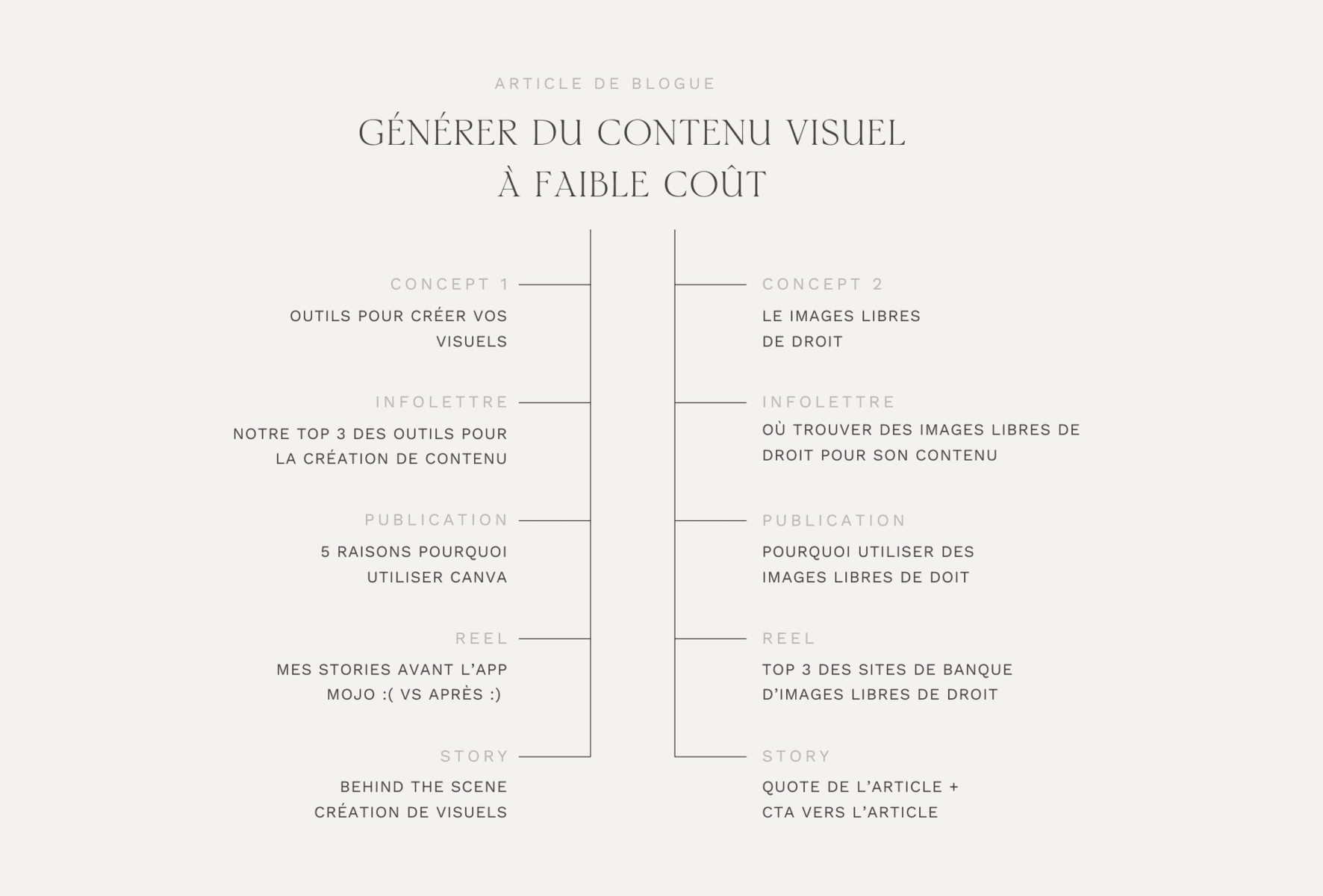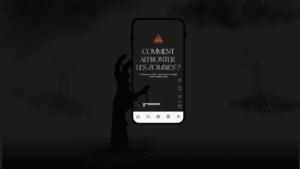The TikTok revolution and snacking content
The TikTok revolution
It’s no secret that the arrival of the TikTok platform has revolutionized the way we consume information and entertainment, with its ultra-fast bandwidth. I stress the word entertainment, because educational or informative content today needs to be fast-paced and short to keep attention. Unless you’ve mastered the art of storytelling…. The truth is, we don’t f to all our publications, and that creating stories every time takes a lot of time!
These days, brands have to work harder to stay top of mind with their audience, and to maintain the pace that promotes findability/discoverability and community engagement. They need to create content EVERY TIME. The algorithms that manage the various social media platforms tend to encourage the most active accounts, and that’s normal.

(SOURCE: GIPHY)
Snaking content
Snack content takes its name from the English word for snack. This type of content used on social networks is short, to the point and accessible. It’s generally attractive (beautiful photos or graphics) and is used to support a more global campaign.
No talent for long articles? No time either? No problem. Unless you’ve got a heartfelt post or a really good story to tell, chances are your audience will fall for the TLDR ( too long, didn’t read(t… too long, didn’t read).

We therefore prefer snacking content, which is easy to create and can be published regularly (reinforcing the efforts a brand needs to make to keep up the pace).
As the analogy suggests, snacking content can be consumed as quickly as a bag of potato chips, but its content is not as nutritious and in-depth as more thoughtful, informative and/or educational content, which is longer in format. Its purpose is more to entertain and encourage sharing, and to get one or two simple points across in a straightforward way.
We like to recycle.
It’s all about maximizing the return on your efforts to create relevant content. You’ve spent a lot of time writing a blog post (like this one, for example).
So don’t hesitate to break it down into several punchy little pieces of content, one sentence or concept at a time. This strategy can prove effective for B2B targets who are also saturated with information and don’t necessarily have time for more at any given moment. Your snack content then becomes your gateway to the longer content (article, webinar, etc.) of your product. years a logic of content dripping.

1 to 3 hours.


If you’ve ever tried your hand at TikTok or REELs on Instagram, you know how energy-intensive video content creation can be. Preparation time, accessorizing, shooting (which can involve two people), editing, integrating text into the video, sound and music (even longer for commercial accounts that have to comply with copyright laws preventing us from surfing a sound trend), getting approvals and follow-ups from clients, then finally distributing the content.
Declining our good initiatives by reducing our content to snacking content also helps us to keep a reasonable average for the time invested in each content creation effort.

In the end, snacking content is really like a bag of potato chips: once you’ve fallen into it, it’s hard to stop, and you end up having consumed a much greater quantity of information than you originally thought.





